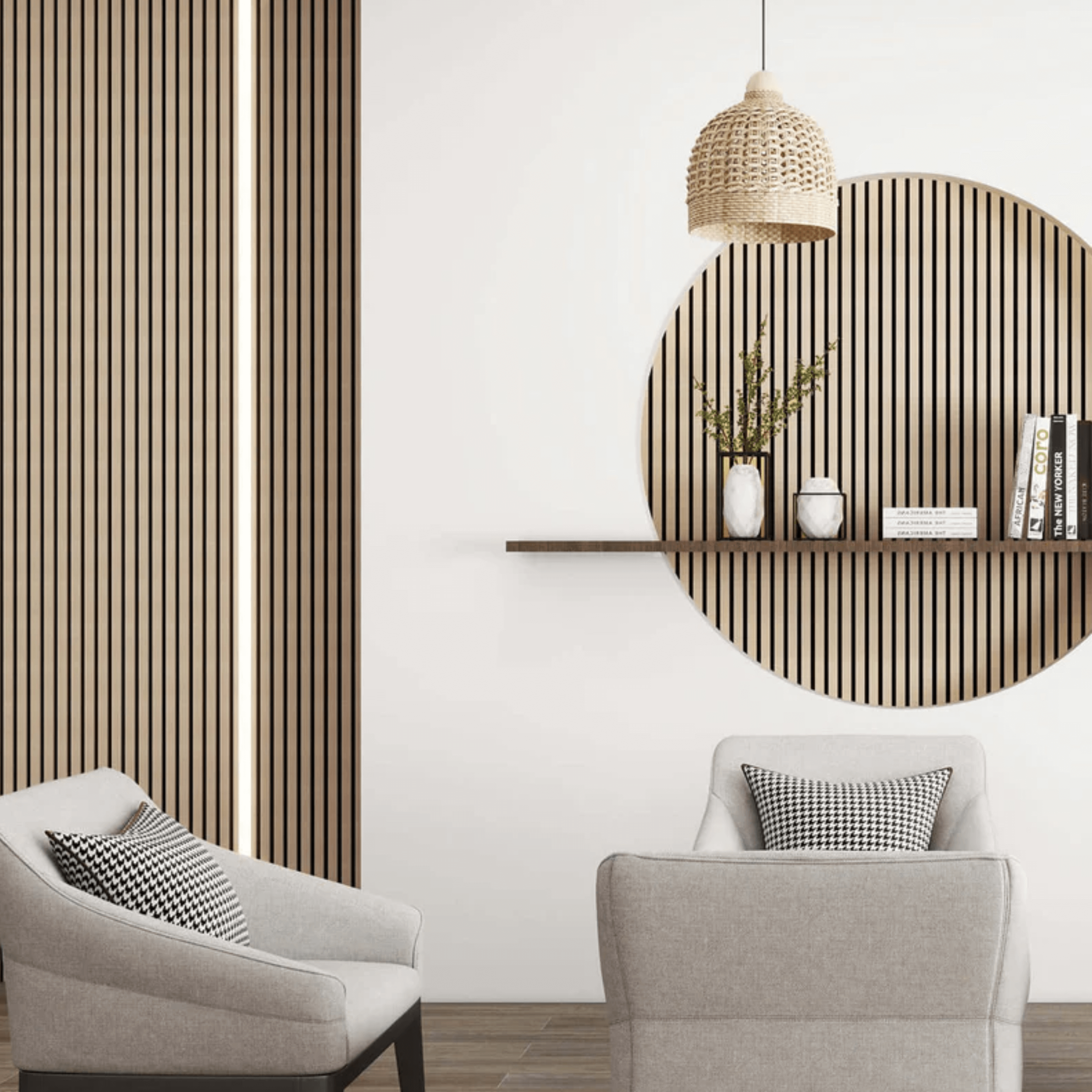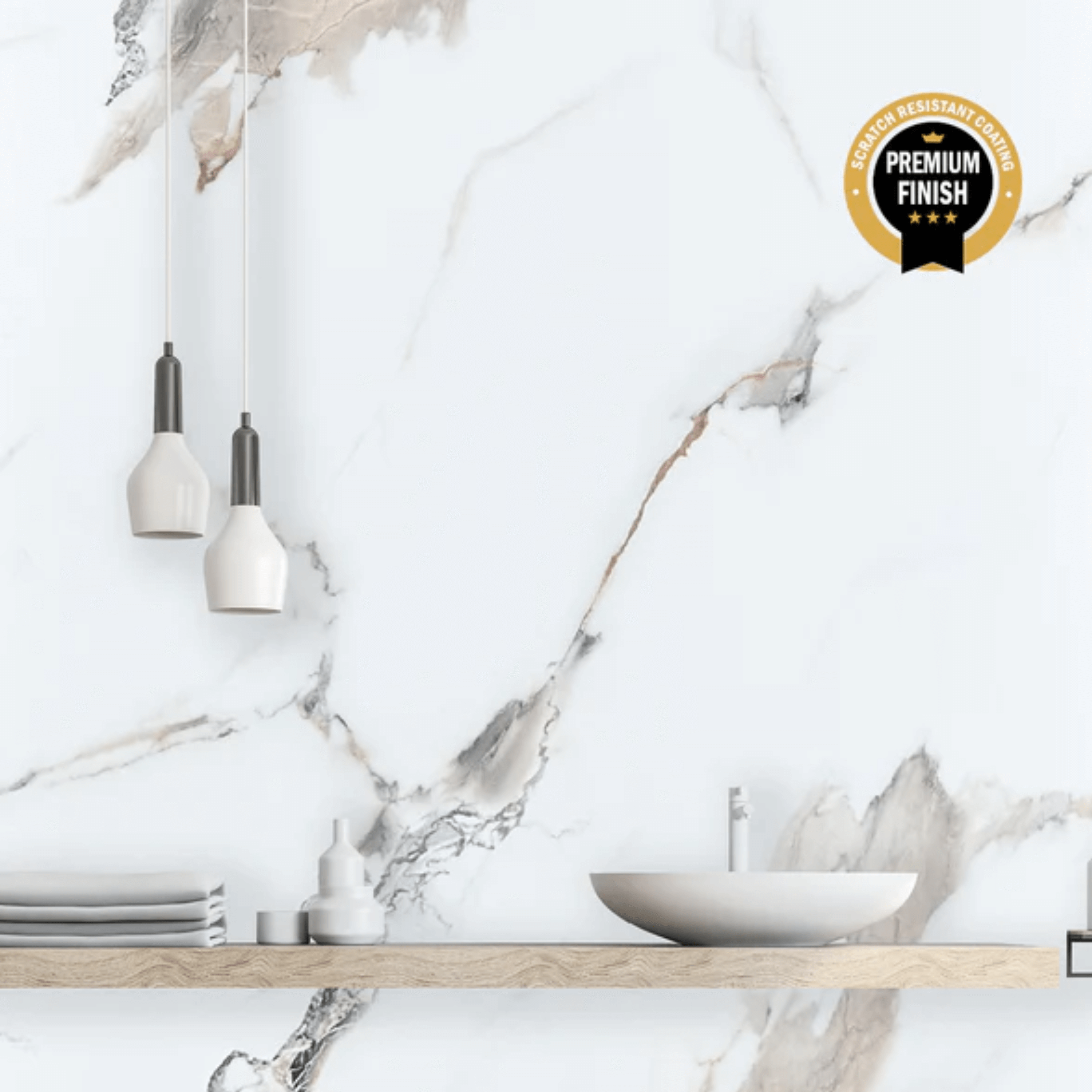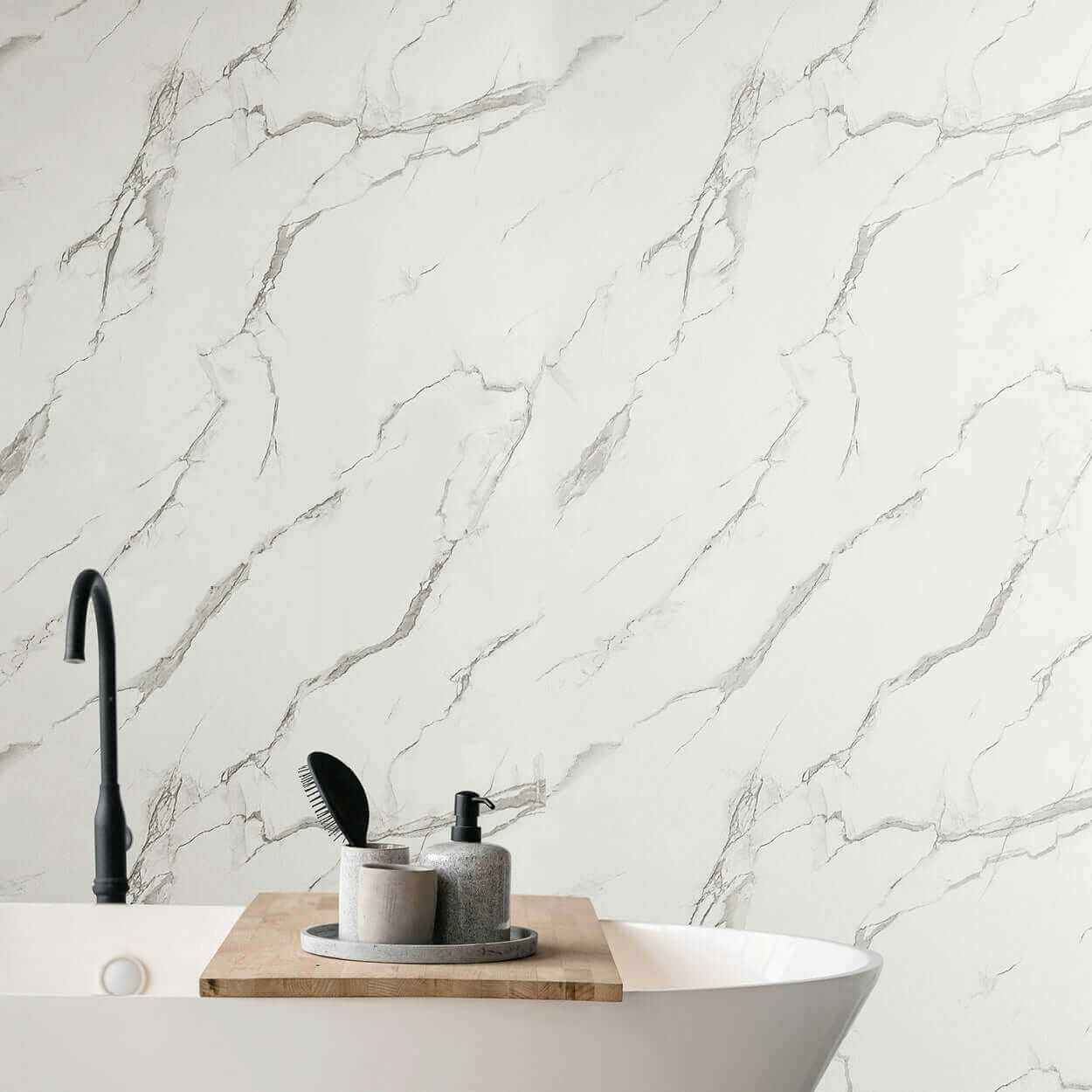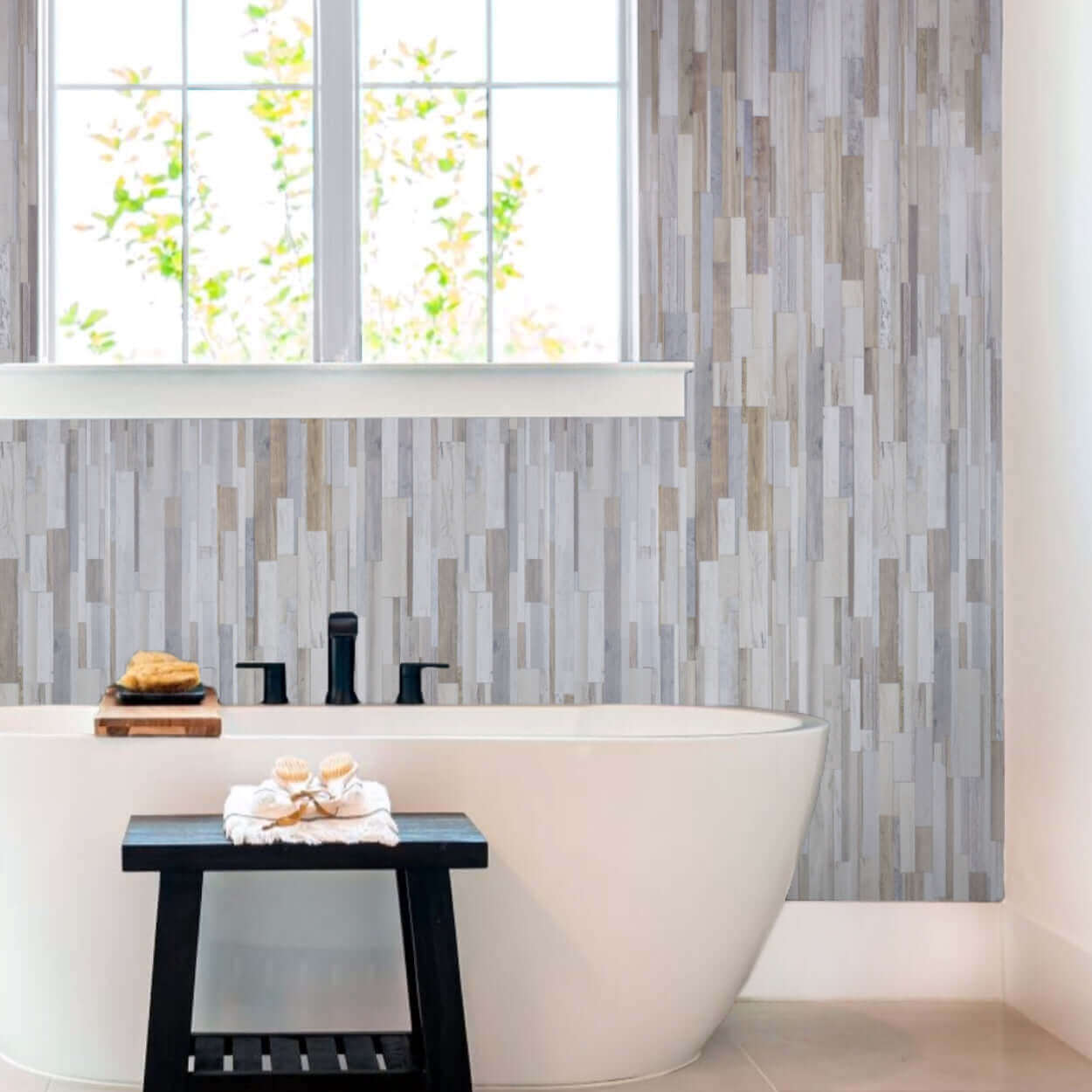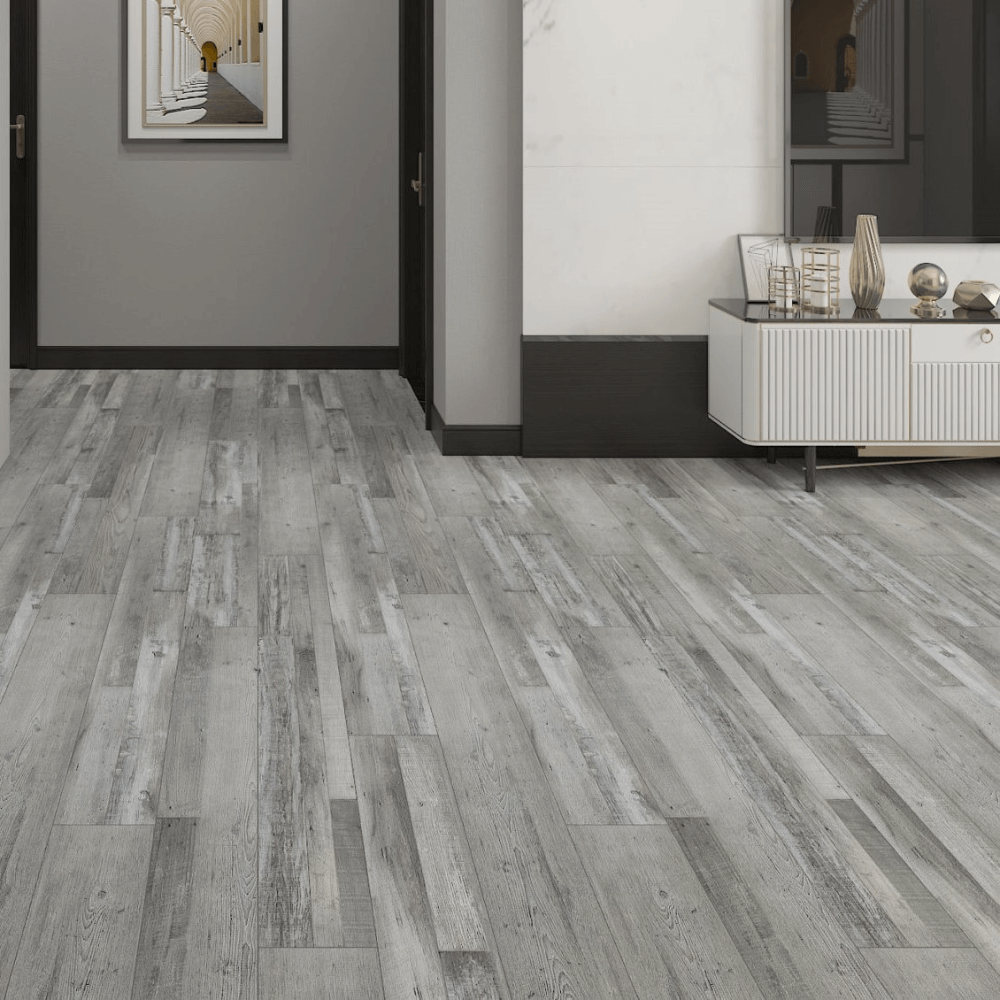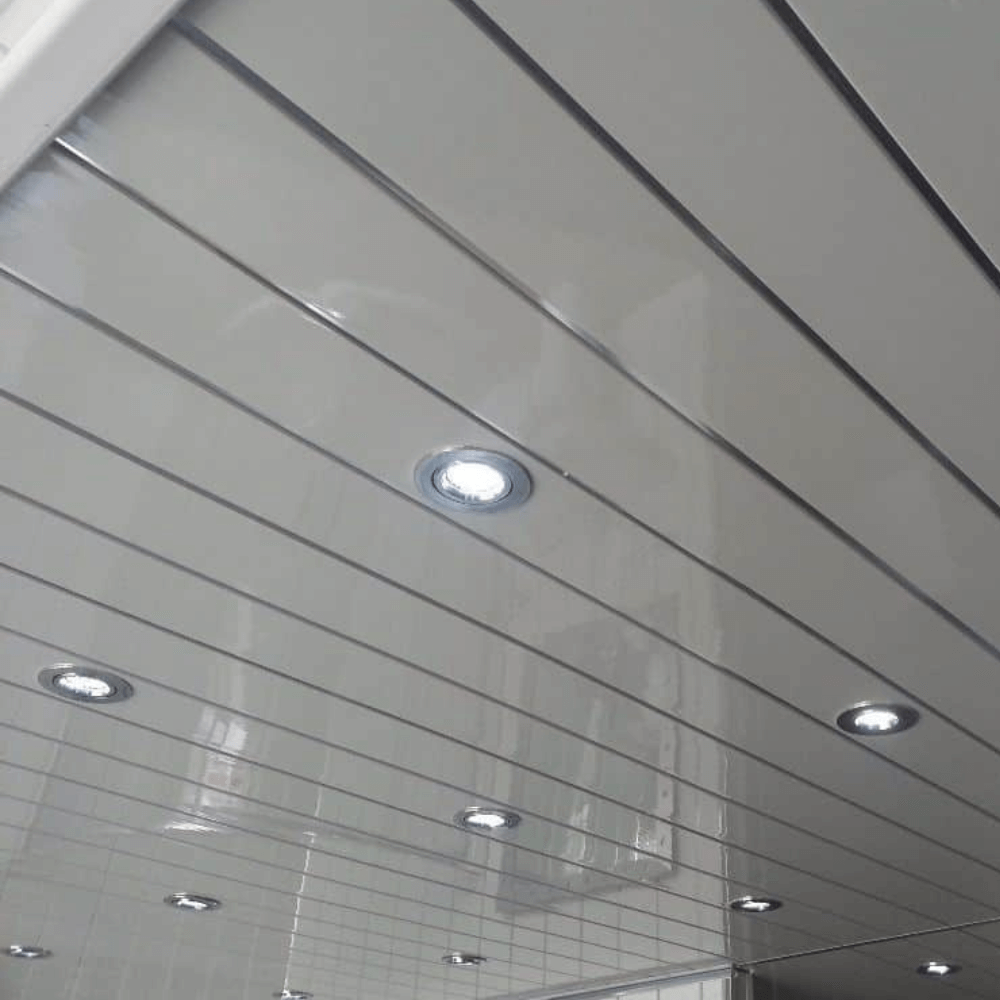Acoustic panels are one of the best upgrades you can make to a media room or home cinema. They improve sound clarity, reduce echo, and create a more immersive experience for films, music, and gaming. To get the best results, it’s essential to measure your walls accurately before ordering.
Why Acoustic Panels Work Well in Media Rooms
Our acoustic panels are designed to enhance both performance and style. In a media room, they:
Improve sound quality for dialogue, music, and effects.
Reduce echo and sound reflections for a cleaner listening experience.
Add a premium look that matches high-end home cinema setups.

Before You Begin – Choose Your Coverage
Think about your sound setup before deciding where to panel:
Front wall — behind your TV or projector screen for sound clarity.
Side walls — to control sound reflections.
Multiple walls — for balanced sound in fully dedicated cinema rooms.
Tools You’ll Need
5m+ measuring tape (steel tape for accuracy)
Pencil and notepad (or phone)
Spirit level (to check for straight lines)
Stepladder for high walls
Step-by-Step Measuring Guide
1. Measure the Wall Width
- Start at one corner and measure to the other at skirting board height.
- Repeat at mid-wall and near the ceiling to check for any variation — walls are rarely perfectly straight.
- Record the largest measurement, as it’s always easier to trim panels down for a perfect fit than to fill unexpected gaps.
2. Measure the Wall Height
- Measure from the top of the skirting board to the ceiling.
- If you’re only covering part of the wall, measure from the skirting to your desired height.
- Take measurements in at least two or three spots. Leave a 1–3 mm expansion gap at the top or bottom, which you can cover with trim for a clean finish.
3. Note Any Obstacles
- Record the size and position of doors, windows, sockets, radiators, or other obstructions.
For each, note the height from the floor and the distance from the nearest corner.
-
Having this info will make cutting easier and reduce costly mistakes.
4. Calculate How Many Panels You'll Need
Our acoustic panels come in four standard sizes (height × width):
120 × 60 cm — covers 0.72 m²
240 × 60 cm — covers 1.44 m²
260 × 60 cm — covers 1.56 m²
280 × 60 cm — covers 1.68 m²
Here’s the calculation:
Multiply your wall’s width × height (in metres) to get the total surface area.
Check the coverage for your chosen panel size from the list above.
Divide the total wall area by the panel’s coverage.
Always round up to the nearest whole panel — it’s better to have extra than to fall short.
Example:
If your wall is 3 m wide × 2.4 m high, the total area is 7.2 m².
Using 240 × 60 cm panels (1.44 m² each): 7.2 ÷ 1.44 = 5 panels needed.
Tips from the Easy Panels Team
Balance your coverage — aim for similar treatment on both side walls for even sound.
Plan around speakers — ensure panels don’t block audio sources.
Double-check before ordering — accurate measurements mean no surprises during installation.
Ordering Your Acoustic Panels
Once you’ve got your measurements, simply select the number of panels you need from our Acoustic Panels Collection and don’t forget the end trims designed for acoustic panels and adhesive. If you’re unsure, our customer service team can check your measurements before you order, making sure you’re getting it right the first time.






